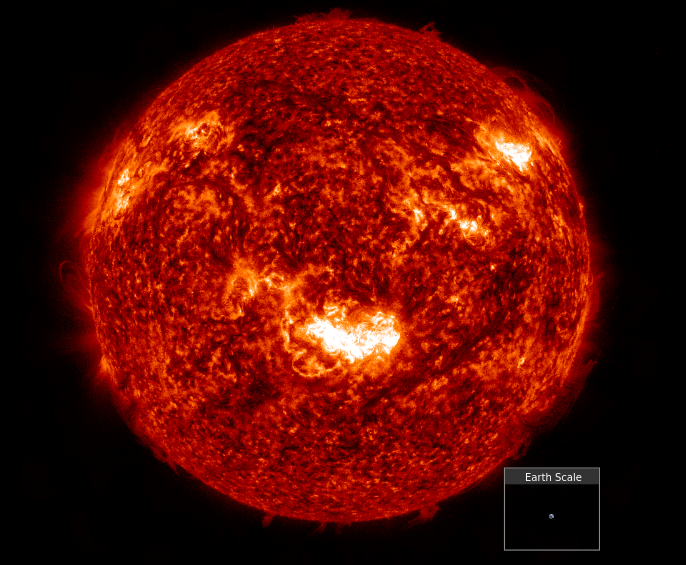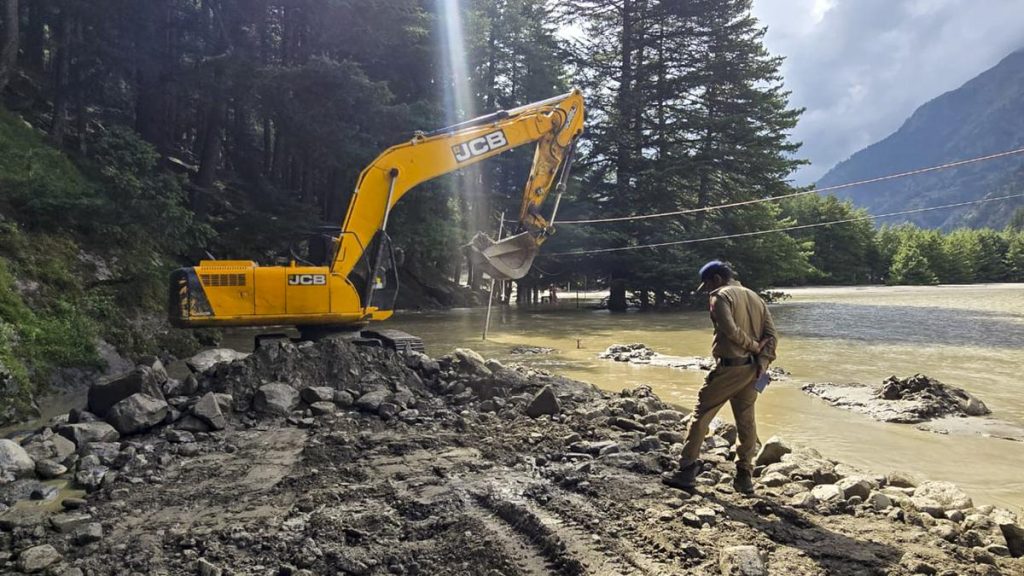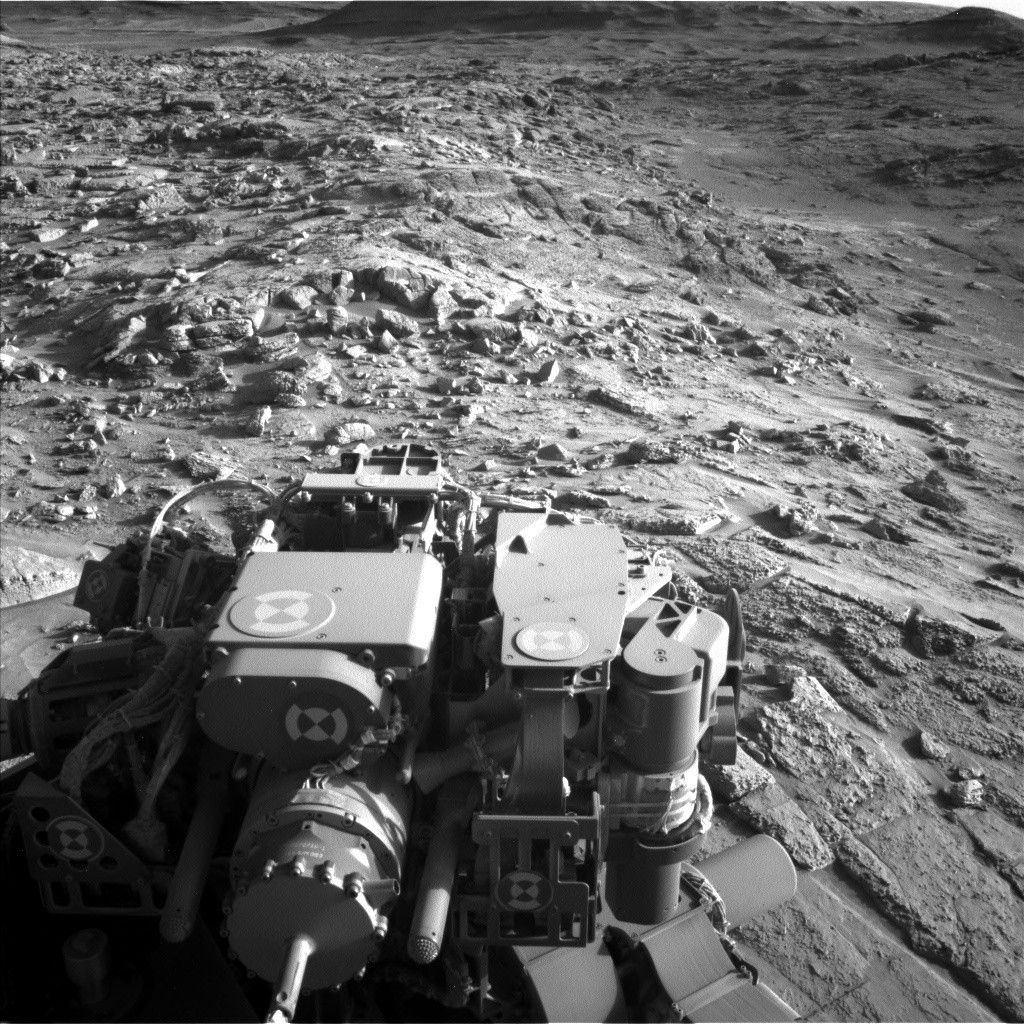Now Reading: NASA Uncovers Insights from Strongest Geomagnetic Storm in 20 Years
-
01
NASA Uncovers Insights from Strongest Geomagnetic Storm in 20 Years
NASA Uncovers Insights from Strongest Geomagnetic Storm in 20 Years

Quick Summary:
- The gannon storm on May 10, 2024, marked the first “severe” (G5) geomagnetic storm in over two decades.
- Impacts included high-voltage line trips, overheated transformers, disrupted GPS-guided farming equipment in the Midwestern U.S., and altered trans-Atlantic flight paths due to radiation concerns.
- Earth’s thermosphere heated significantly above normal temperatures and expanded dynamically during the storm.
- Orbital satellites experienced increased atmospheric drag; certain missions like NASA’s CIRBE CubeSat deorbited prematurely while others needed power adjustments for stability.
- Unique auroral displays occurred globally-magenta lights observed in Japan due to atypical conditions induced by oxygen and nitrogen molecule activity 600 miles above Earth’s surface.
- Two temporary energetic particle belts were discovered between earth’s Van Allen radiation belts by NASA’s CIRBE mission.
- Effects extended to Mars where intense solar energy triggered widespread auroras and increased radiation exposure. NASA spacecraft recorded disruptions including camera malfunctions on Mars Odyssey orbiter and a surge in charged particles detected by curiosity rover instruments.
- This geomagnetic event is considered highly documented; new data is continually uncovering insights into geomagnetic storms’ nature.
Indian Opinion Analysis:
The gannon storm underscores the growing importance of space weather monitoring at global scales as modern technological infrastructure increasingly interacts with Earth’s magnetosphere during such events. India’s reliance on satellite networks for communication, navigation, agriculture support (e.g., GPS-guided processes), and defense makes understanding these phenomena crucial. While India was not explicitly mentioned among affected regions during this episode, preparedness via cross-national collaboration with agencies like NASA could bolster India’s capacity for mitigating risks posed by geomagnetic disruptions in future crises.
The advancements from this unprecedented dataset provide opportunities for scientific innovation that could have direct applications for India’s space program such as ISRO’s satellite management or initiatives involving international partnerships for planetary exploration-especially as solar dynamics remain critical beyond Earth-bound impacts onto planetary missions like Chandrayaan or Mangalyaan projects.


























